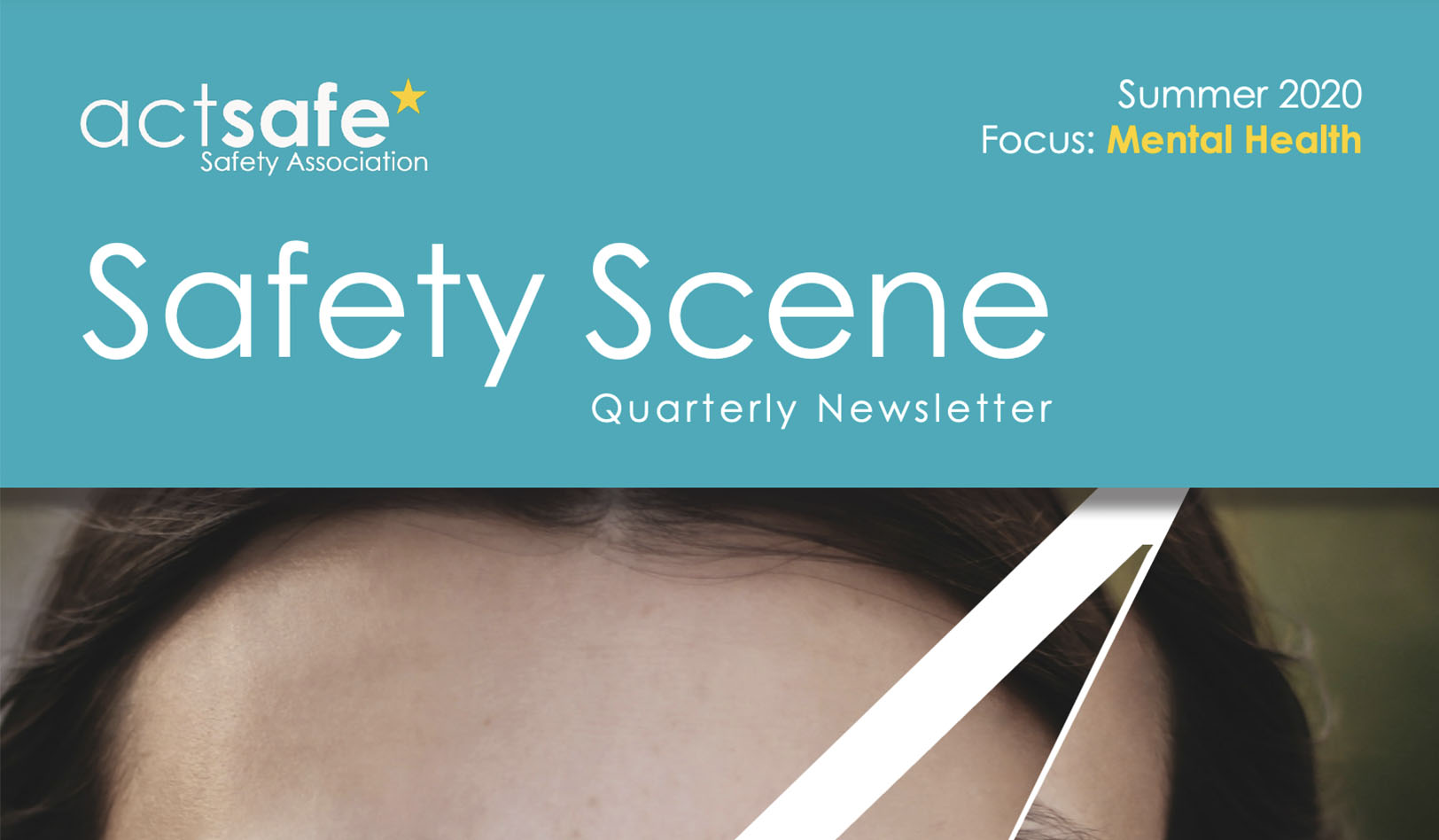
COVID-19 has had significant impacts on every facet of our lives – and while we are working hard to ensure we are engaging in distancing and cleanliness to ensure physical health and safety, how many of us are tending to the psychological health impacts of COVID-19?
– Dr. Joti Samra, R. Psych, MyWorkplaceHealth
Preliminary data suggests that — just a few short months post announcement of the pandemic — rates of depression are doubling, anxiety quadrupling, and alcohol consumption is up 25%.
Furthermore, COVID-19 has had significant impacts on every single work environment — and by extension every worker, irrespective of sector or industry. The myriad impacts include uncertainty about job stability or future; layoffs (anticipated or feared); working fewer hours (or in some cases longer hours); and working from home — just to name a few. All of these changes have the ability to affect one’s mental health and are important to pay attention to, given that meaningful work and purpose is one of the most important contributors to our mental health.
For many, the fading distinction between our ‘personal’ vs. ‘work’ environments has contributed to an enhanced risk of burnout as one no longer provides a reprieve from the other. For example, an argument with a partner becomes difficult to escape as you no longer have the option to get some ‘time out’ by going to work; conversely, you may now be spending too much time thinking about work when you are home because your living area has turned into your work area.
Getting back to work
Since May, Canada has lessened isolation/quarantine measures, resulting in a return to pre-COVID work and life. Getting back to work can be both a blessing and a curse. For some, there may be excitement about getting back to a predictable routine. However, the majority (57%) of Canadians continue to be stressed out about leaving the house, and only 40% are comfortable going back to work.
For many people, this means finding the notion of going back to work incredibly confusing and anxiety-inducing. On one hand, people want to go back to the old normal where they could work, hug family and friends, or eat at a restaurant without worry. But on the other hand, people know the virus is still circulating, which brings anxiety about one’s own safety as well as the safety of others.
What employees and employers can do
In addition to ensuring physical distancing and hygiene/cleanliness protocols according to our leading health and government agencies, there are a number of things employees and employers can do to manage the stress associated with returning to work.
- Acknowledge and communicate that this is a stressful time.For employees who are anxious about returning to work, clearly and directly express your concerns to your employer (your direct supervisor or manager, or human resources). Know that as an employee, you have the right to a psychologically safe work environment. As an employer, make sure you prioritize psychological health and safety by speaking about it.
- Connect one-to-one and take the time to understand individual circumstances. Almost half of working Canadians have indicated their employer has not even asked them how COVID-19 has impacted them. Find out what unique situations and challenges employees are facing — including personal or family pre-existing health concerns, and parenting challenges and demands. Be flexible and adaptable where possible.
- Let people continue to work from home if this does not cause undue hardship. If employees are able to be effective at working from home and prefer to do so, let them continue until they are comfortable coming back.
- Offer more flexible work arrangements. To the degree possible, work around other demands employees are facing – including personal and childcare demands. This can build both trust and loyalty.
- Do regular beginning and end of shift check-ins. Ask your employees what they require to be and feel safe, and be open to input and feedback on changes you can make in the work environment.
- Disseminate information on psychological health and resilience to all employees. There are many free, high quality, evidence-based resources that exist – providing these to your entire workforce can be a cost-effective way to allow employees to self-select resources that would be helpful if they are struggling. MyWorkplaceHealth.com has many free resources for employees and employers alike, including free webinars, handouts, and worksheets.
Our resources include:
- Our Psychological Health and Resilience toolkit contains a package of resources all oriented around enhancing your overall psychological health. Sign up for a free copy and join our community!
- Please see our digital download page with access to many reading guides, worksheets and beyond.
- We post blogs on our MyWorkplaceHealth site with relevant mental health in the workplace and psychological health and safety topics which you can access here and on our Dr. Joti Samra, R.Psych & Associates site on psychological health, wellness & resilience topics here.
- We share videos on common mental health topics on our YouTube channel here including free webinars here.
This article was written for our quarterly newsletter, Safety Scene. You can find a link to the full edition below.



Share Now: